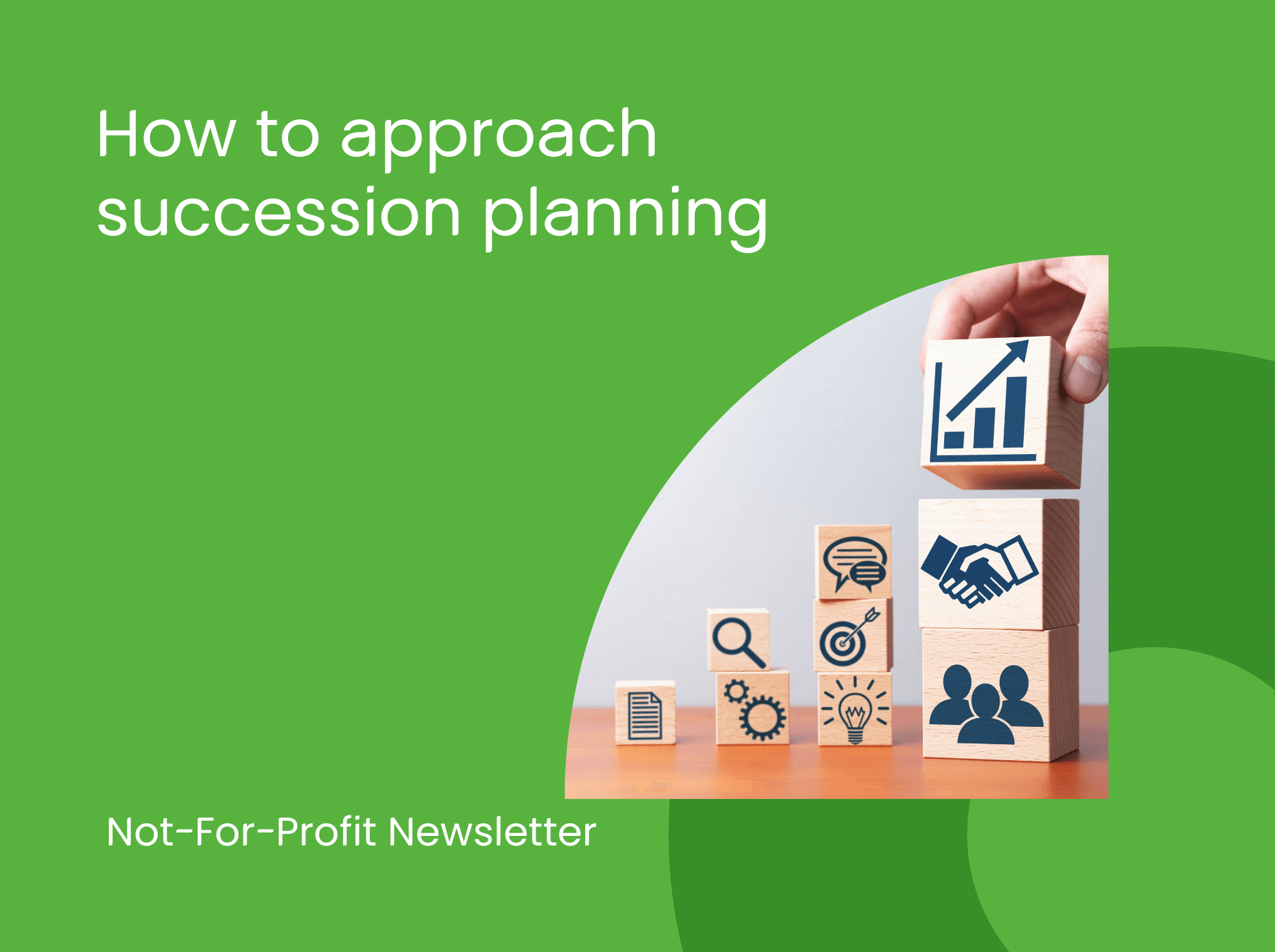Is your not-for-profit the same organization it was three years ago? Are your stakeholders the same now as then? Is your community and its support of your not-for-profit the same?
It’s been said that the only thing certain in life is change, so you likely answered “no” to each of these questions. Change is a key reason why your not-for-profit needs to revisit and revise its strategic plan regularly. And you can make your strategic planning process as dynamic as change itself. But it takes focus and commitment.
Ignite the Process
Here are five tips to help you ignite the strategic planning process:
1.Don’t wait too long. Three years is about the right length of time between strategic plans for most organizations. The goals and objectives you developed three years ago may still be on target, but it’s more likely they aren’t.
Almost all not-for-profit organizations have struggled in recent years. Generally, funding and individual donations are down, staffs are smaller, and leadership changes have been common. Now may be the perfect time to re-size your organization’s future and plot the route to get there. Strategic planning might be just the spark your not-for-profit needs to revitalize.
2.Leave the routine behind. Because strategic planning is about a mission, a vision and big-picture goals and objectives, the process works best when people brainstorm in a fresh setting. This requires the strategic planning team to get out of the office and temporarily put aside daily operations.
The core of most strategic plans can be formed over two or three days. So have designated staff members take care of what can’t wait. The rest of the work can sit until the employees on the strategic planning team return to the office. Better yet, hold your retreat over the weekend.
3.Hire an outside facilitator. Your not-for-profit’s executive director will take a lead role during the strategic planning sessions. But the objectivity of an outsider is valuable when working with a planning team of board members, clients, staff and management. A facilitator can create the sense that all ideas are good ideas and keep the group on track. Team members may be more willing to speak candidly and throw away “the way we’ve always done things” at the urging of an outside professional with no vested interest in the organization.
Also, an experienced facilitator will be at ease using methods that stimulate thinking, such as the “scenario approach,” in which strategies are tested against possible external and internal events. (Your No. 1 funding source dries up, your executive director retires early, and so on.)
4.Do the prep work. You and your staff should put together a collection of documents that tell the story of your not-for-profit, its current situation, and anything strongly related to its purpose, for example, demographic trend information and the results of a membership, needs survey (if applicable). You also should have a narrative description of your organization, including its history, values, mission, programs, leadership, staff and financial status.
Many organizations also include a SWOT analysis, a detailed description of the not-for-profit’s strengths, weaknesses, opportunities and threats. Some not-for-profits take the process a step further with a PEST analysis, which looks at the political, environmental, social and technical factors affecting the organization.
5.Make the big decisions. The strategic planning sessions should focus on the big picture as you review your not-for-profit’s mission statement and create a clear and concise vision statement of what your organization will look like at a specific point in the future. Then you’ll want to discuss and draft your not-for-profit’s goals (not more than two or three), objectives that need to be met to achieve each goal, and strategies for reaching the objectives.
As a follow-up to the sessions, the strategic planning team should form an action plan with a timeline and assigned responsibilities. The action plan will be the implementation boilerplate after the strategic plan is approved by the board of directors.
Keep it Vital
The uniqueness of your organization will dictate the shape, complexity and, of course, the content of your strategic plan. The challenge after strategic planning is to implement the plan in a timely manner and to review it along the way for major changes that must be taken into account.
Copyright © 2019



